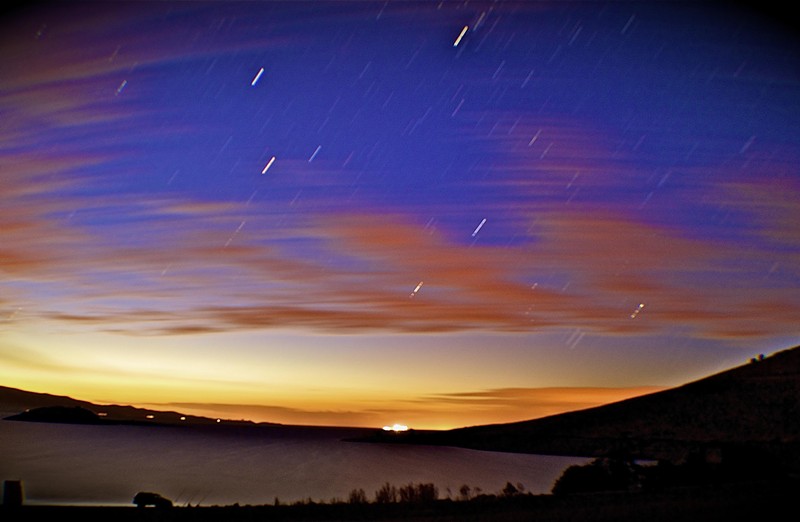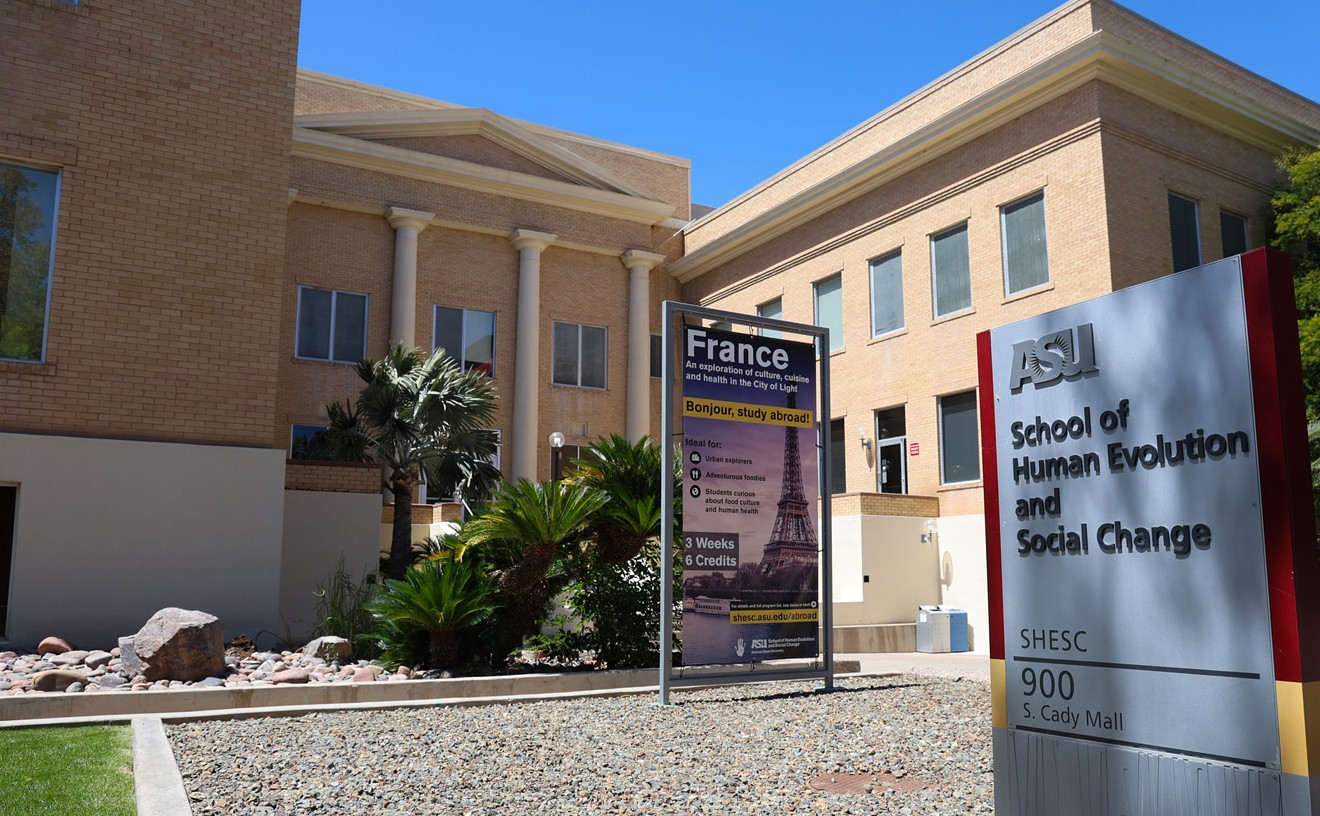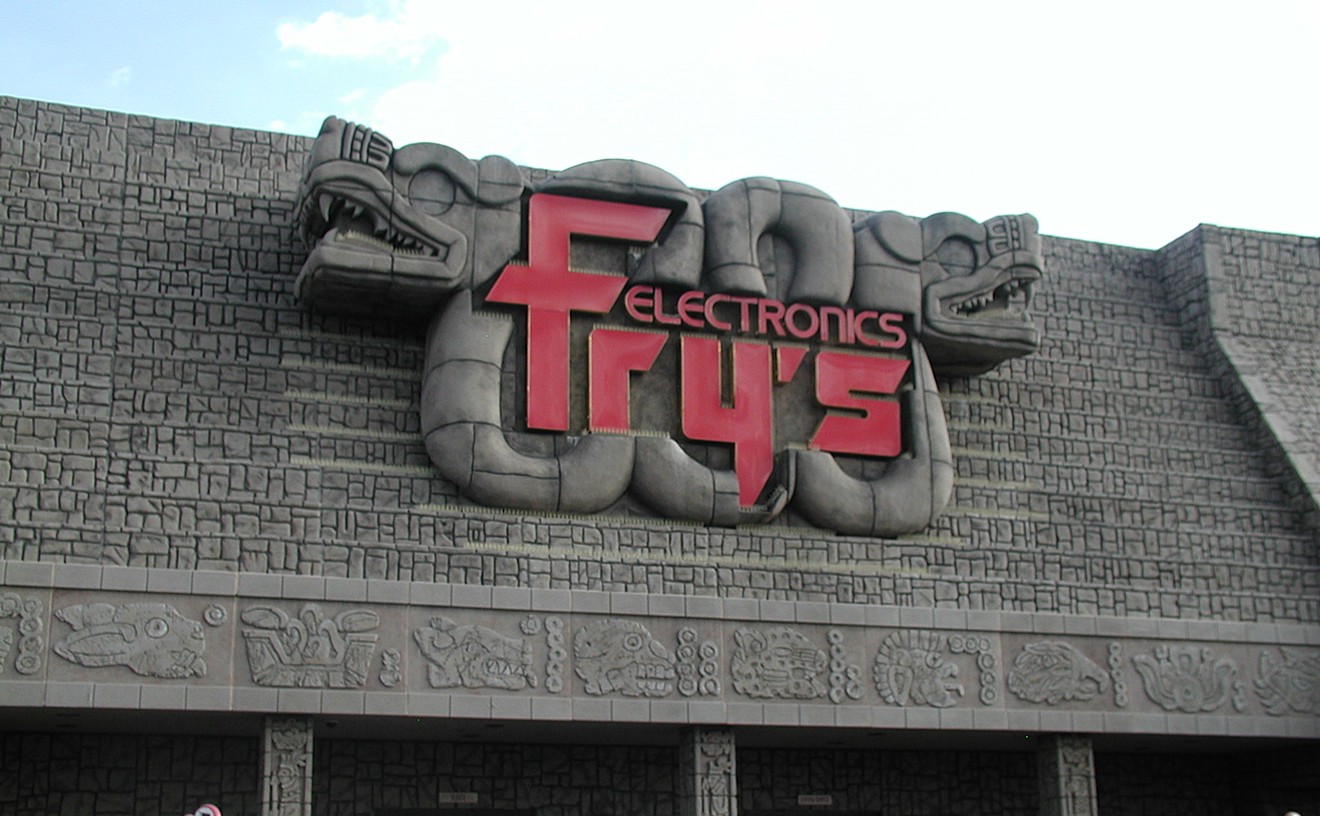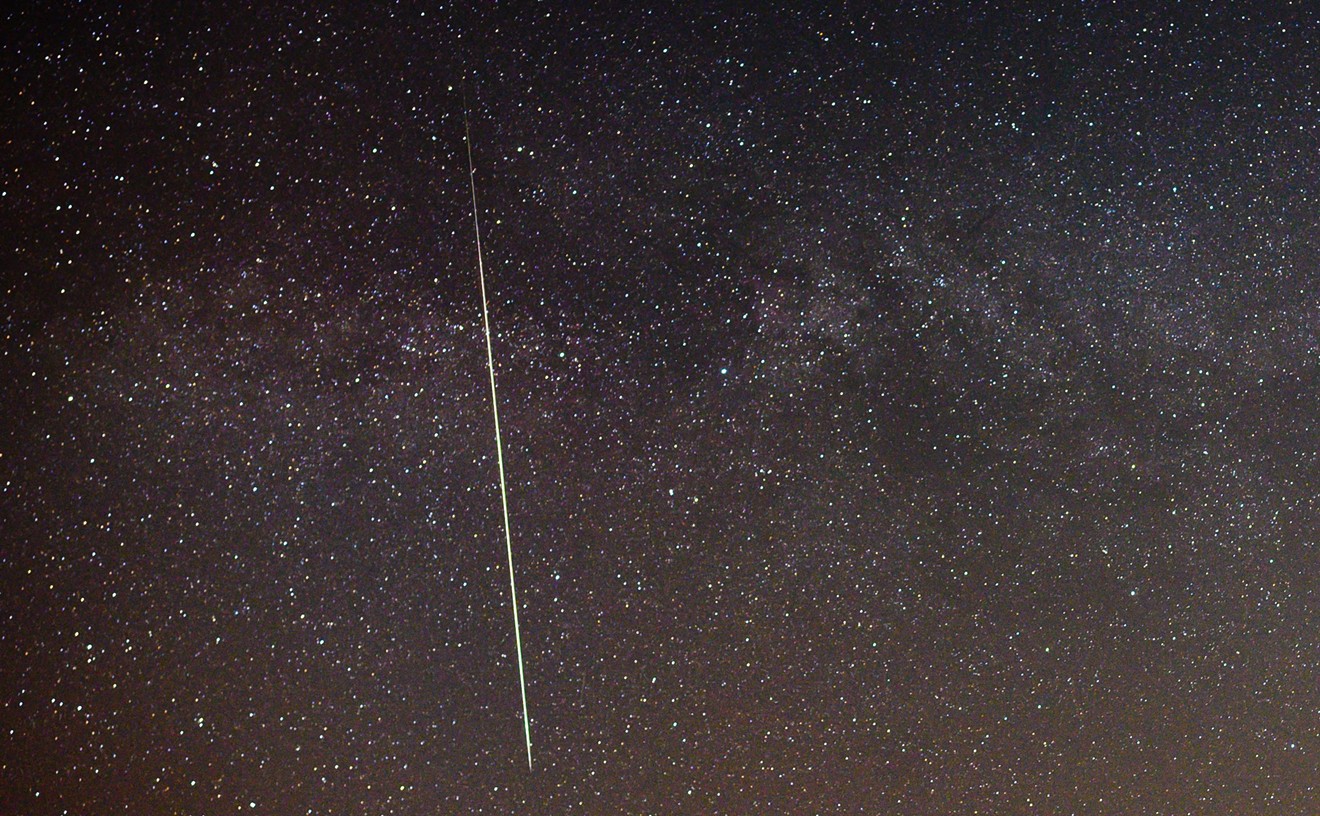Three different meteor showers – the Alpha Capricornids, Delta Aquariids and Perseids – will illuminate the skies over Arizona with a cannonade of shooting stars during the next few weeks. Each is an astronomical spectacle, but the Alpha Capricornids, which will peak in intensity on Tuesday night and early Wednesday morning, have their own unique style of meteors.
Unlike their sister storms, the Alpha Capricornids produce meteors that are slower, brighter and occasionally transform into glorious fireballs. The spectacular nature of its shooting stars helps make up for the fact the storm only produces around five to 10 meteors per hour.
If you’d like to know more about the Alpha Capricornids meteor shower, including when and where to see it in action, here’s a viewing guide with all the relevant details.
What meteor shower is happening tonight in Arizona?
A total of three summertime meteor showers are currently occurring:- Alpha Capricornids
- Delta Aquariids (or Southern Delta Aquariids)
- Perseids
The Alpha Capricornids will peak in late July, while the Perseids will peak in mid-August.
What causes the Alpha Capricornids meteor shower?
Meteor showers are caused by our planet’s orbit crossing through the debris trail of stellar objects like asteroids and comets. In this case, the Alpha Capricornids are born of the remnants of 169P/NEAT, a periodic comet traveling through the solar system. Chunks of rock and ice left behind by the comet enter Earth's atmosphere and burn up, resulting in spectacular shooting stars.When can you see the Alpha Capricornids meteor shower in Arizona?
Meteors from the Alpha Capricornids will be visible nightly until August 15. The shower will peak late Tuesday night into the early hours of Wednesday. An increased number of meteors will occur a few days before and after the peak.What time is the meteor shower tonight in Arizona?
Copy edit this text: The best time to look for the Alpha Capricornids is just before midnight on Tuesday night — which is when its radiant point will be at its highest — until 2 a.m. on Wednesday. Expect to see bright, slow-moving meteors and the occasional impressive-looking fireball.Where are the best locations to see tonight’s meteor shower?
For an optimal skywatching experience, you’ll want the darkest sky possible with an unobstructed view of the southern horizon. It's recommended to get as far away as possible from the lights of metro Phoenix and head towards the southern outskirts of the Valley. Areas like Buckeye, Queen Creek, San Tan Valley and Gold Canyon are ideal locations, as you won't be looking through the Valley's light pollution to see.Where should you look to view the Alpha Capricornids in Arizona?
You’ll want to look in the southern skies approximately 46 degrees above the horizon in the vicinity of the constellation Capricornus, which is the radiant point for the Alpha Capricornids. What will viewing conditions be like?
Since the monsoon season often brings nighttime storms, there's always a chance that cloudy skies could affect your skywatching experience. Check the weather forecast before heading out.The moon will be in a waning crescent phase and will rise during the early morning hours. It will be approximately 30% illuminated, which might disrupt the meteor shower viewing.
Meteor shower viewing tips
Here are some suggestions from the American Meteor Society about how to see as many meteors as possible.- Bring a chair or blanket to be able to kick back and see as much of the sky as possible.
- Put away your phone and allow your eyes to adjust to the dark for at least 20 to 30 minutes.
- Binoculars or telescopes are of little use when viewing meteor showers because of their narrow field of view.












